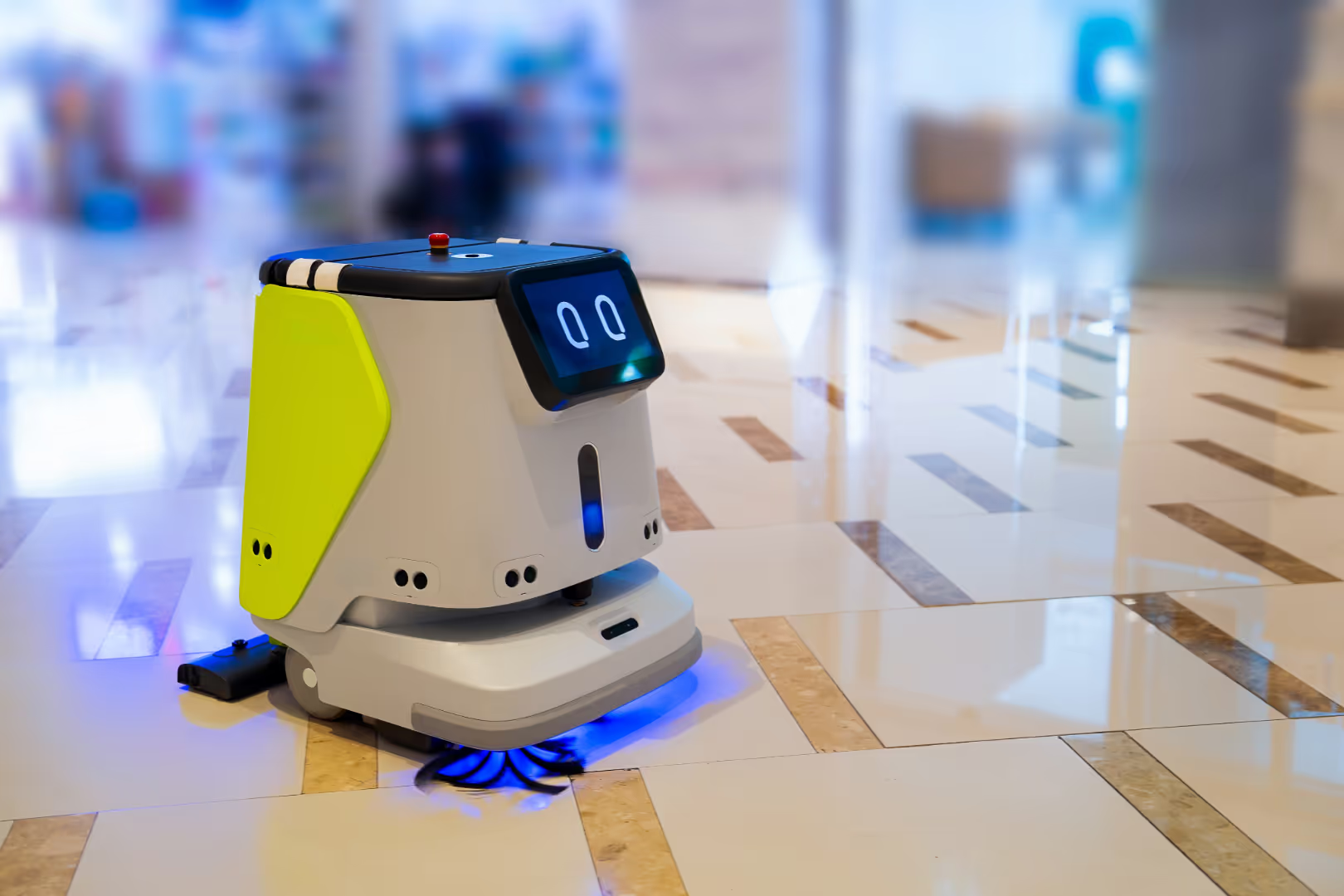Pet-Friendly Office: Removing Pet Stains & Odours
.avif)
Pet-Friendly Offices: Removing Pet Stains & Odours
Over the last couple of years there has been a growing trend for pet-friendly workplaces, and there is even an annual Take Your Dog to Work Day.
Research* shows that bringing a pet to work increases employee productivity, performance and job satisfaction, providing a clear benefit for companies that allow their employees to bring their pets to work.
Bringing pets to work however, will have an impact on the hygiene and cleanliness of an office, so extra steps will need to be taken to ensure your pet-friendly environment is kept clean for employees.
But it’s not only your team that will be impacted by pets in the office. Every business wants to make the best possible impression on any visitors to their premises and so, won’t want them to be hit with any nasty smells caused by their employees’ pets.
It’s our vision to help companies have the best possible working environment by maintaining high standards of cleanliness for them. This is why we’ve put together some of our recommendations and suggestions for ensuring pet-friendly offices stay clean and avoid any unnecessary odours and stains.
Understanding Pet Stains and Odours
Odours and stains from pets are unlike any other workplace hazard. It’s important to understand why they are different and how to tackle them effectively.
- Common Types of Pet Stains The most common and unpleasant stains typically found are urine, vomit and faeces. These are mostly protein based, but can also contain uric acid.
- Challenges of Removal In office environments, pet stains and odours cause specific challenges to remove. That includes taking into consideration the fabric type, surface porosity, and lingering smells. For example, uric acid crystals can bond to fibres in carpets.
Effective Cleaning Solutions
So what cleaning solutions can be most effective?
Tips and Techniques
Methods for removing pet stains and odours from different surfaces, such as carpets, upholstery, and hard floors include:
Hardwood flooring
- On wood or hard floors, gently blot the stain with a paper towel, being careful not to rub it in. You can mix a mild soap and water or a vinegar solution mixed with water. For a deeper stain hydrogen peroxide is recommended, but do patch test first to avoid discolouration. Enzyme cleaners that are designed for wood are advisable to remove any odours. It’s always wise to rinse the area with a damp cloth and then dry the area to prevent the water causing any stains.
Carpets
- On carpets it’s essential to use the right cleaning products when cleaning pet stains. Some chemicals may not be as effective as you might think and could be harmful to pets. Look for pet-safe cleaners designed for carpets that can either be bought off the shelf or made from natural ingredients such as vinegar that will help to break down the protein enzymes and bacteria without discolouration. Always spot-test first.
- Don’t rub the stain, rather blot gently using a clean cloth with cold water before cleaning. It’s important not to over-wet the carpet either as it will be hard to dry.
Upholstery
- On non-washable upholstery, new, fresh stands can be dabbed with a sponge that contains a vinegar solution (20ml of vinegar to 500ml of water). Dried stains are considerably harder to clean and we’d recommend using a professional cleaner.
- On washable upholstery and curtains, rinse in cold water overnight and then add in biological detergent for a further couple of hours and then machine wash as usual. If the fabric is made from wool, again it’s advisable to use the services of a professional cleaner.
Pet-Safe Products
One key essential when having a pet-friendly office is to avoid cleaning products and stain removers that include harsh chemicals. Where possible choose non-toxic natural cleaners like vinegar and bicarbonate of soda. If not, check the labels of products to ensure they are labelled as pet-friendly and eco-friendly. Don’t miss out reading their instructions for use.
Prevention Strategies
It is said prevention is better than cure. So to lower risks of stains and accidents there are some additional steps you can take.
- Minimising Future Incidents: Some offices design and create areas within their offices that are specifically for pets. They might have special flooring and include pets beds and toys to minimise the risk of accidents. Another key practice is to have a thorough and regular cleaning schedule. This can be put in place with your cleaning company.
- Employee Guidelines: Boundaries and guidelines for employees who bring their pet to work are always helpful so that everyone knows where they stand. That way you can ensure they are aware of the need to clean up any accidents and what the procedures are. It’s a lot less stressful than assuming an employee will be quick to clean up any mess.
Benefits of a Professional Commercial Cleaning Service
Of course we are going to recommend you use a professional cleaning company like Cleanology, but there are proven reasons for doing so. They will have expert knowledge and professional practises in place for handling pet-related cleaning tasks, such as expertise in stain removal techniques and access to the right equipment.
Specialized Techniques
Professional cleaning companies will have specialised cleaning techniques and equipment to ensure thorough removal of pet stains and odours while maintaining the integrity of office furnishings. This includes carpet cleaning with pet-safe products and equipment that is designed for office use.
We’d love to hear from you, if you are considering making your offices pet-friendly and need professional advice on how to make them as safe and as clean as possible. Also if you are wanting to remove the hassle of cleaning your office and need commercial cleaning service, please don’t hesitate to get in touch.
*University of Lincoln


